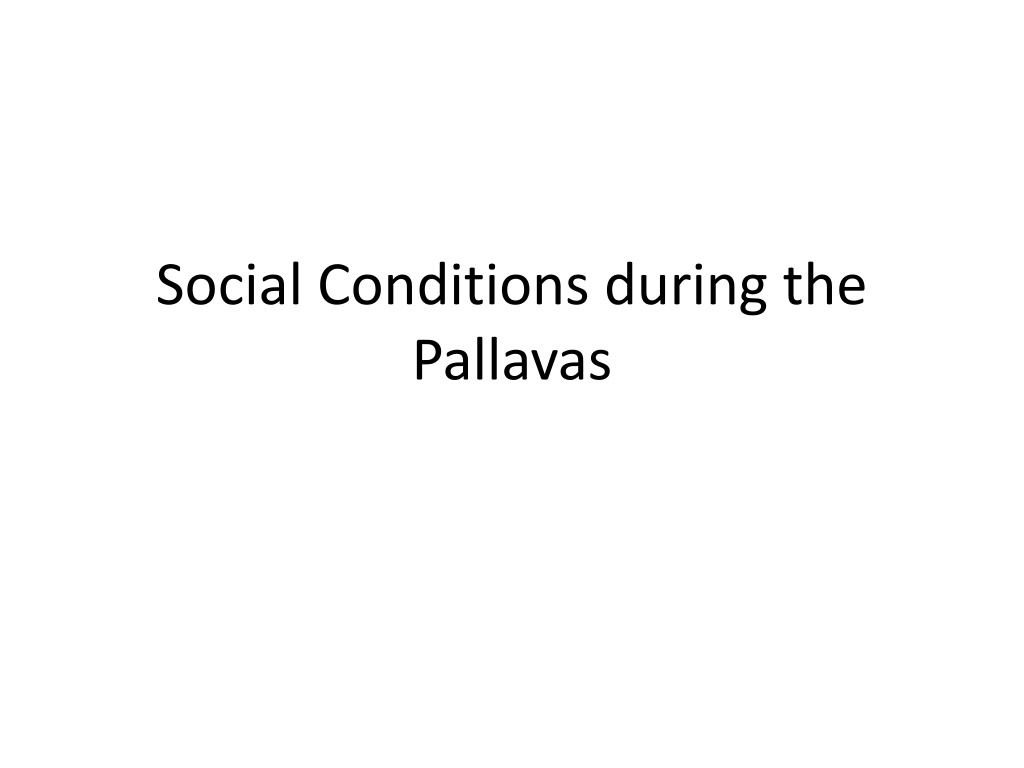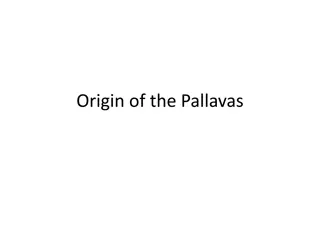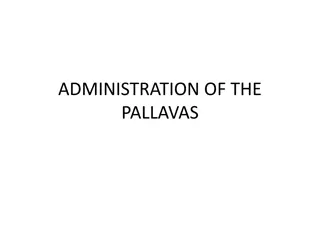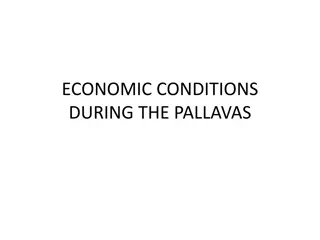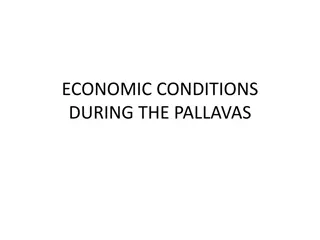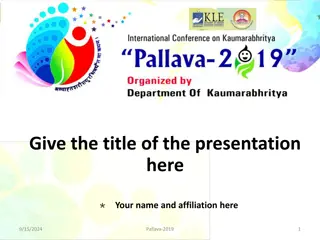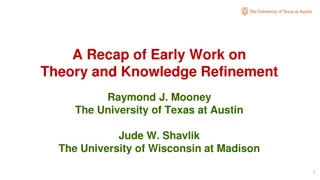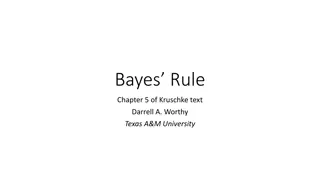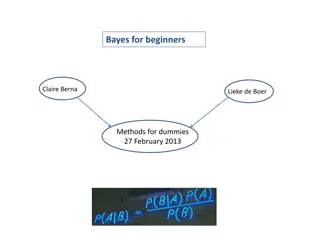Social Structure and Life During the Pallava Rule
The Pallava rule brought significant changes in social and economic life, with a structured society divided into Brahmins, Kshatriyas, Vaisyas, and Sudras. Brahmins held a high position, while Kshatriyas were warriors and contributors to societal development. Vaisyas were involved in agriculture and trade, and Sudras were low-grade servants. Women's status varied based on social standing. Food, dress, ornaments, education, and Jain influence were notable aspects of Pallava era society.
Download Presentation

Please find below an Image/Link to download the presentation.
The content on the website is provided AS IS for your information and personal use only. It may not be sold, licensed, or shared on other websites without obtaining consent from the author. Download presentation by click this link. If you encounter any issues during the download, it is possible that the publisher has removed the file from their server.
E N D
Presentation Transcript
Social Conditions during the Pallavas
SOCIETY DURING THE PALLAVAS . The Pallava rule had witnessed a drastic changes in the Social and Economic life of the people . The emergence of the Bhakthi Movement had significantly changed their way of life , Social Structure . The society under the Pallavas was chiefly divided into Four , namely , Brahmins , Kshatryas , Vaisyas and Sudras and other Sub divisions based on their occupation . Brahmins . The Brahmins occupied the first place in the society and also enjoyed higher position in the government . They were the learned and the most respected in the society . The Brahmins had lived in a separate place called Agraharam .The Brahmins had recited Vedas and performed Puja in the temples .
The Pallava kings had made extensive Land grants to Brahmins , known as Brahmadeyas . The Brahmins helped the kings in performing sacrifices . Kshatryas . The Kshatryas had remained in the next position in the social hierarchy . Generally , the Kshatryas belonged to the ruling class , also become Warriors . Kshatryas also gave liberal donations to the temples and Brahmins . The Kshatryas had contributed to the development of society by establishing Mutts and Choultries The Kshatryas also fed the poor and committed to public welfare and Social progress . Vaisyas . Those who indulged in Agriculture and Trade were called as Vaisyas
Sudras The Sudras had occupied the last place in the social Structure , remained low grade servants . The Literature of the Pallava period refers to them as Pulayar and Chandalas , A few of them had become religious saints due to their devotion to God . Status of Women . The Women from royal and rich families had enjoyed high status in the Society , also given property rights . They remained pious and religious and granted liberal donations to the temples and Brahmins . Women in the middle and lower status of the society had to work hard to earn their livelihood , Spinning , Weaving and other similar works .
Food , Dress and Ornaments . Rice was the staple food of the people during the Pallava period and also consumed Milk , Ghee and Curd . people wore simple dress made of Cotton and the rich people were fond of wearing Silk garments . The Sculptures of this period indicate several types of Ornaments used by the people include Ear Rings , Bangles , Necklaces and Anklets . Education . Much importance was given to the Sanskrit Education during the Pallava period . The Temples and the Mutts had remained as important educational centres , The Buddhist Kadigas in Kanchipuram was a famous educational centres . The Chinese Traveller Hiuen Tsang stayed there and studied . Another Buddhist Scholar Dharmapala was also studied in this Kadigai .
The Jain Pallis had also been functioning in Kanchi . Literature , Grammar , Astrology , Medicine and Painting were some of the important subjects taught in these institutions. ___________
